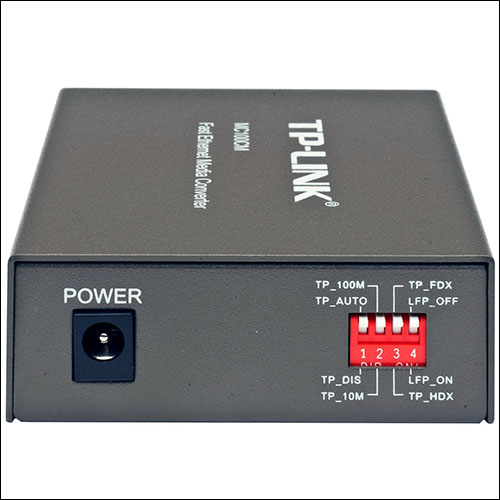Fiber Optic Tapping - Troubleshooting
I made every effort in my previous posts to show the process to tap a live fiber optic cable. Hopefully, you were able to replicate my setup and had no issues. If you did then this page is for you. I have listed below the issues that I encountered. These are a result of many trials, many errors and many shaken fists.
Fiber Optic Cable
The cable is the most sensitive piece in this entire setup. Its not that they are delicate, I carried four of them in a backpack from Atlanta to Las Vegas (a couple of which were already exposed to the cladding), and they all survived. It is sensitive due to how to transmits its data, as a small piece of lint will stop everything.
Make sure:
- all residual Xylene is removed from the exposed cladding.
- to check the cladding for damage.
- the end connectors are free from build up or damage.
- if cladding is plastic, check for damage caused by Xylene exposure.
Clip-On Coupler
The coupler is actually a well engineered piece of hardware. However, I am not implying it is built like a tank. The coupler must be handled delicately as the internals are placed with high precision. Any disturbance and this will ruin your coupler. Same thing goes for the guide wheel and prism groove, keep them clean and free of anything abrasive.
Make sure:
- to clean the prism groove with Kimwipes to remove any dust/lint/Xylene residue.
- the fiber optic cable is resting on coupler arms.
- to check the hybrid mating adapter is seated properly on both end connectors.
- to verify the cladding is in the guide wheel groove.
- you are tapping on the transmit side (for credentials).
Fiber Media Converter
These are fairly easygoing, any issues arising from them is either going to be on the front or on the back of the box.
Make sure:
-
the fiber optic cable is seated properly.
-
the DIP switches in the back must be set to the following:
-
TP-AUTO (Auto Negotiation)
-
TP-100M (100Base-Tx)
-
TP-FDX (Full Duplex)
-
LFP-ON (Link Fault Pass Through)
-
Which ends up being; UP, UP, UP, Down (this is the default config)
Network
What would a troubleshooting guide be without a networking section? Luckily for us, there is little networking done here as the real work is done on the cable and the coupler
But, make sure:
- You assign the network adapter static IP addresses (there is no DHCP server in my setup).
- to remember that Link Fault Pass Through is a thing. Make sure all connections are nice and snug.
Wireshark
Like networking, there is really no troubleshooting to be done outside of the hardware.
Make sure:
- Wireshark must be listening on the correct interface.
As I experiment further I will expand this post. I can definitely see it expanding as I try different cables and different tapping methods, but I will make sure to note what relates to what.
